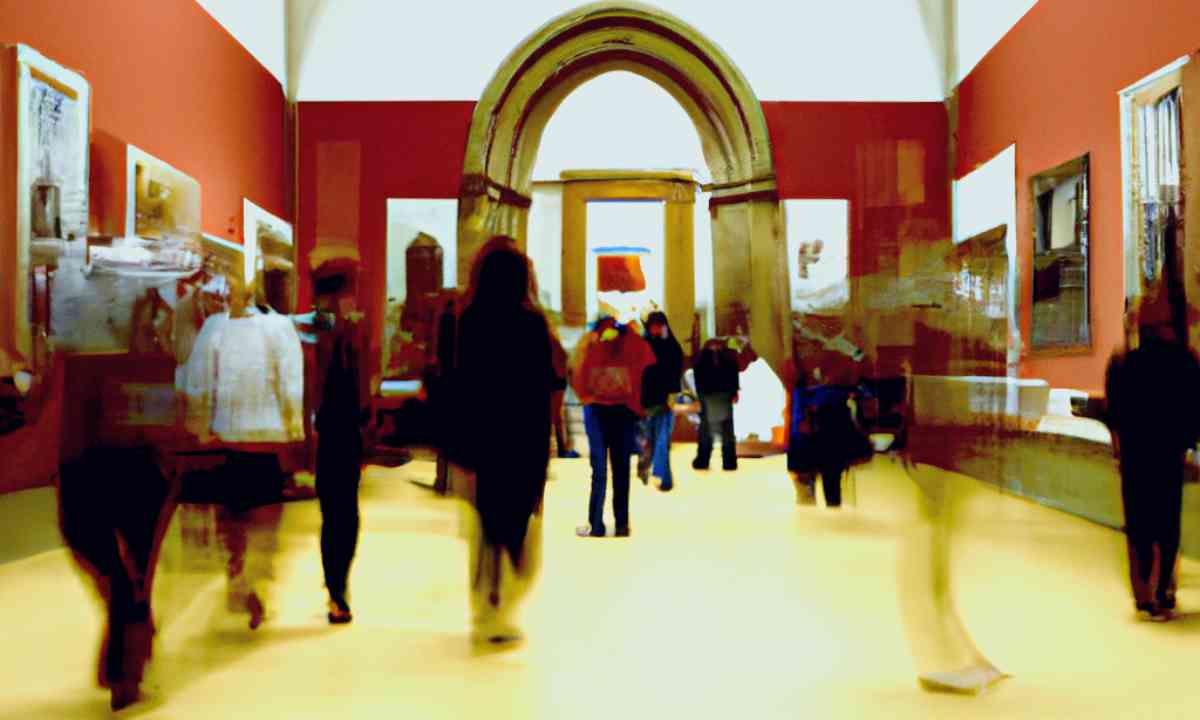Protests & Museums: The Deep Connection They Share
If you remember a few months ago many protesters targeted museums and famous artworks. They threw food on the paintings to protest against climate change.
The entire world was surprised and shocked to see such an act and many historians and art lovers were especially enraged.
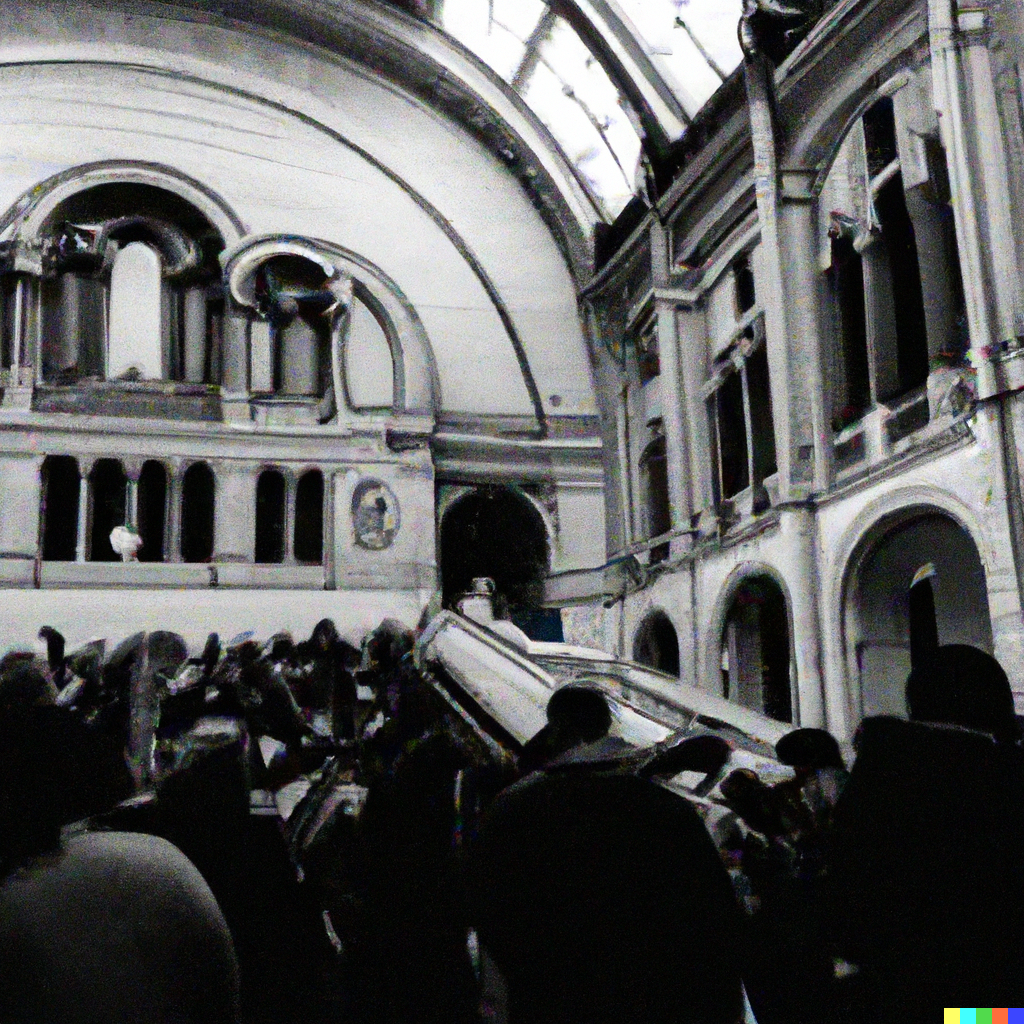
The museums were actually able to revive the old paintings back to their perfectly unblemished condition
This was possible because of the various protections museums and artwork collectors have placed on and around the paintings. Why were these protections placed in the first place you ask? Well, it's because this is not the first time protestors have targeted artwork to convey a message.
One of the first acts of defacement of artwork for protest purposes was done in 1914 by Mary Richardson, an art and Journalism student who slashed The Toilet of Venus painting by painter Diego Velázquez. She did so to protest against the arrest of British suffrage leader Emmeline Pankhurst.
And the reason she portrayed her protesting feeling in her artwork is actually very interesting. Apart from taking the value of the painting into consideration, she actually choose the particular painting because of "the way men visitors gaped at it all day long." (It's a nude artwork)
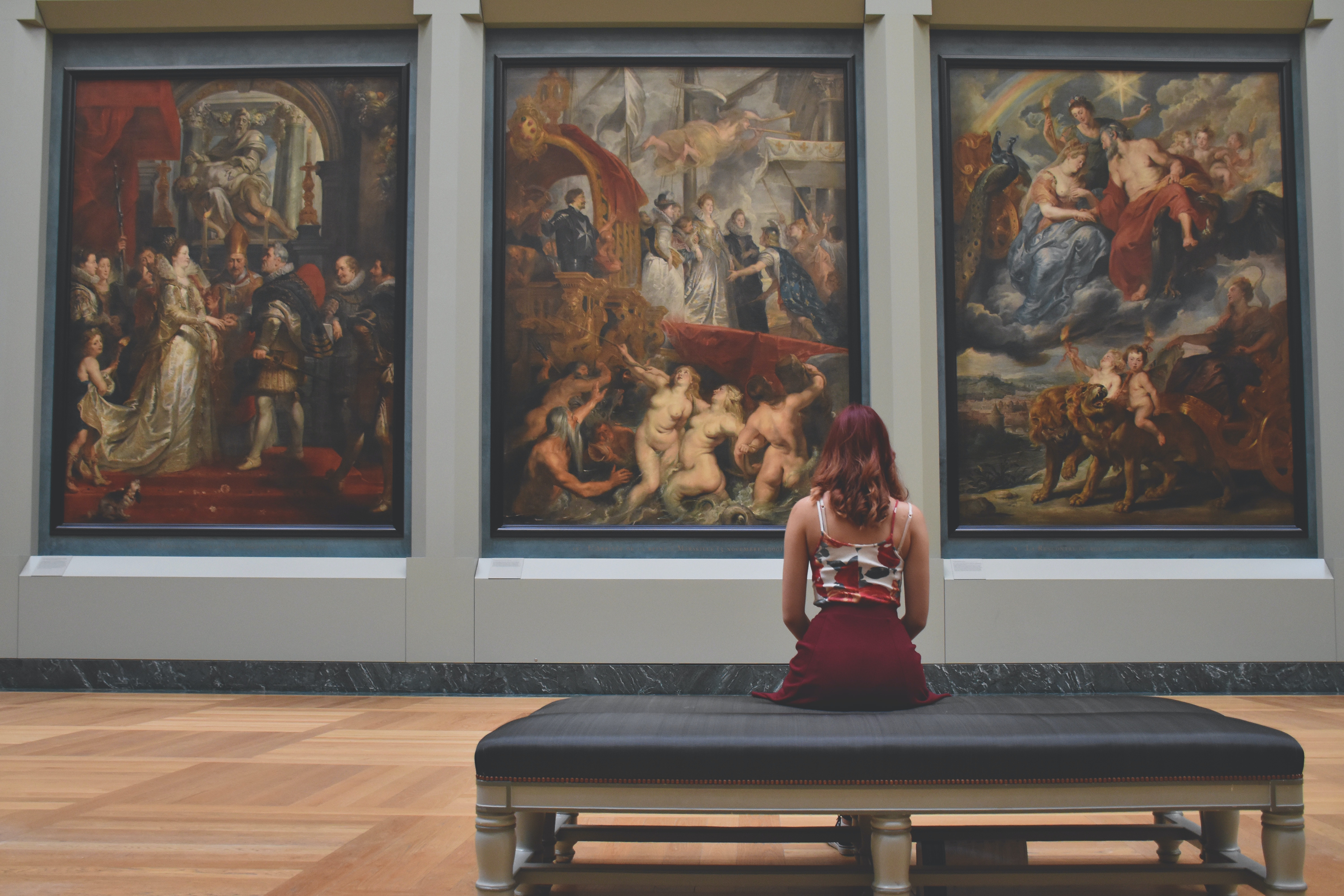
So, not only was the importance of painting taken into consideration but the effect of it on people was also taken into consideration. And that's the main reason protests break out in museums. Even if a person who has absolutely zero interest in art or history sees a video of someone spoiling a Van Gogh painting, they are immediately intrigued, invested and interested in the what, why and how of it.
This leads people who don't know what is happening to understand and become aware of the protester's feelings and emotions.
So, it's the effect of art that lures protesters to it.
When recent protests of climate activists broke out many netizens took to Twitter to say “Ignore them and they'll stop”. Well… that's not actually the case, because it is impossible to ignore such protests. Protesters are incredibly smart. The paintings chosen by them aren't just artworks, they are national treasures and hold importance for people and countries alike.
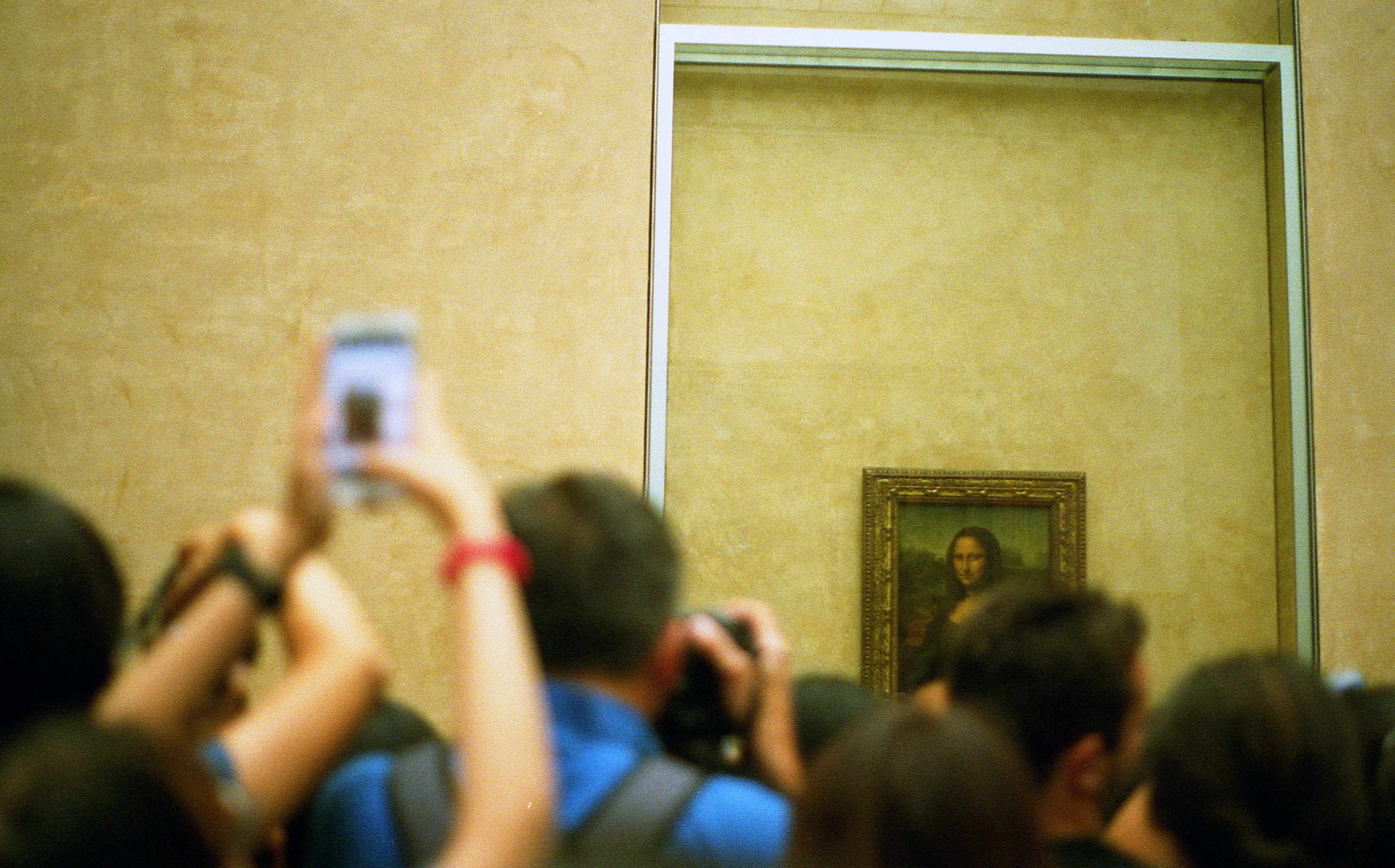
The Mona Lisa brings people to Paris, just as the Last Supper brings people to Milan.
Museums and artworks are tourist attractions. Hence, targeting them gets protesters in the direct vision of the government.
Even if the issue that they are protesting against is something the government has decided to ignore, defacing famous artworks is a sure way to force the government to break their silence and give answers. Not only that but it is also a foolproof plan to spread their cause and make noise.
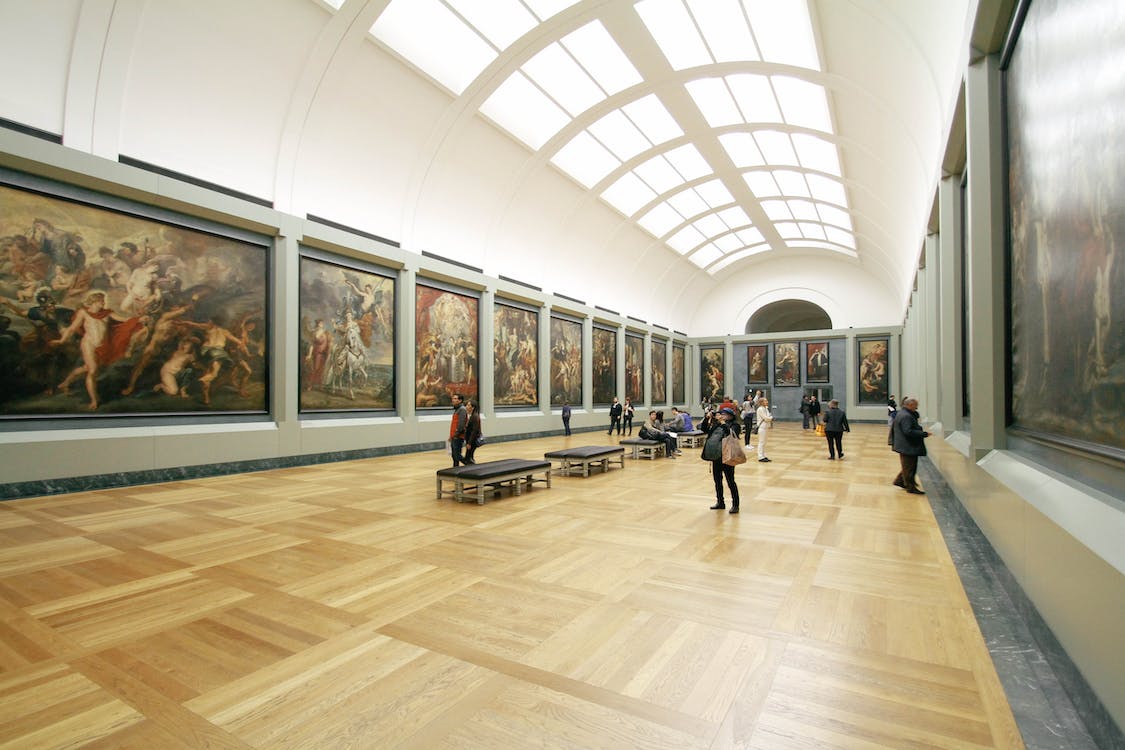
By defacing museums and artwork, protesters invoke attention from the government at the same time they also invoke emotions from people, whether it be anger, sympathy or understanding. They convey a message and make a statement.
Museums are well aware of this fact which is why there are many museums that don't allow people at a particular distance from the paintings and have alarms in place to catch people who get too near. Museums also coat historical paintings with a thick coat of varnish so even if someone is able to get near and damage the painting, the substance can be removed by experts easily.

Protesters are well aware that they are never causing irreparable damage. It is very important to remember that protesters never want to harm or damage something permanently. Their main target is to make noise and raise awareness.
Defacing artworks get them and their cause attention, making museums the perfect targets for protests.
© Vygr Media Private Limited 2022. All Rights Reserved.

